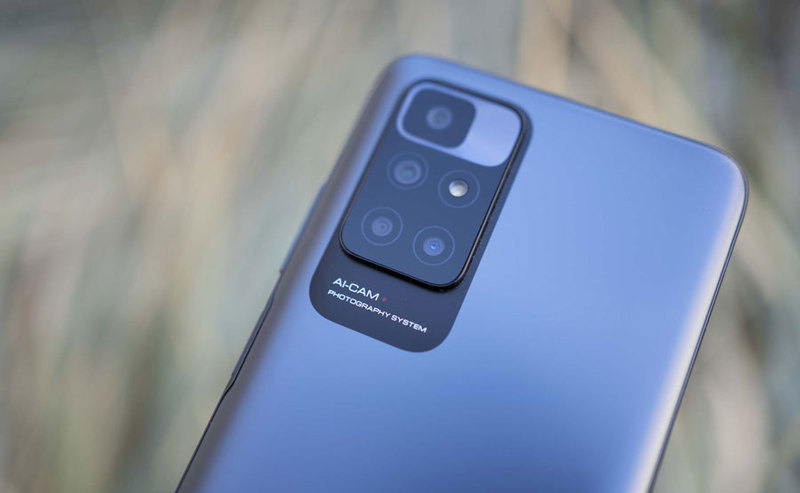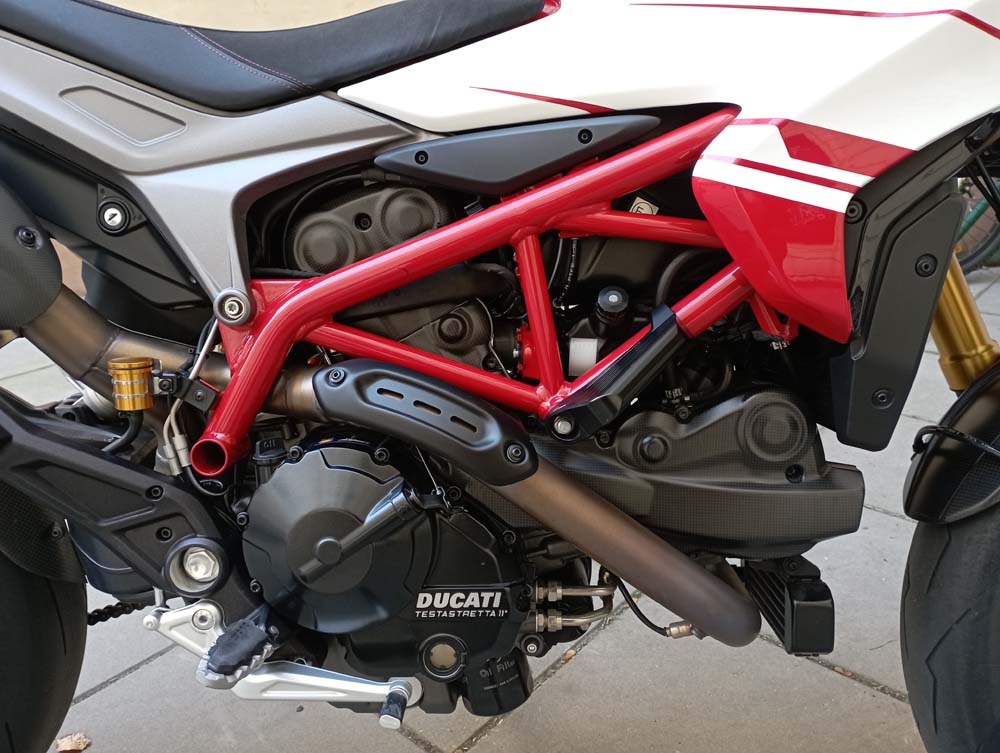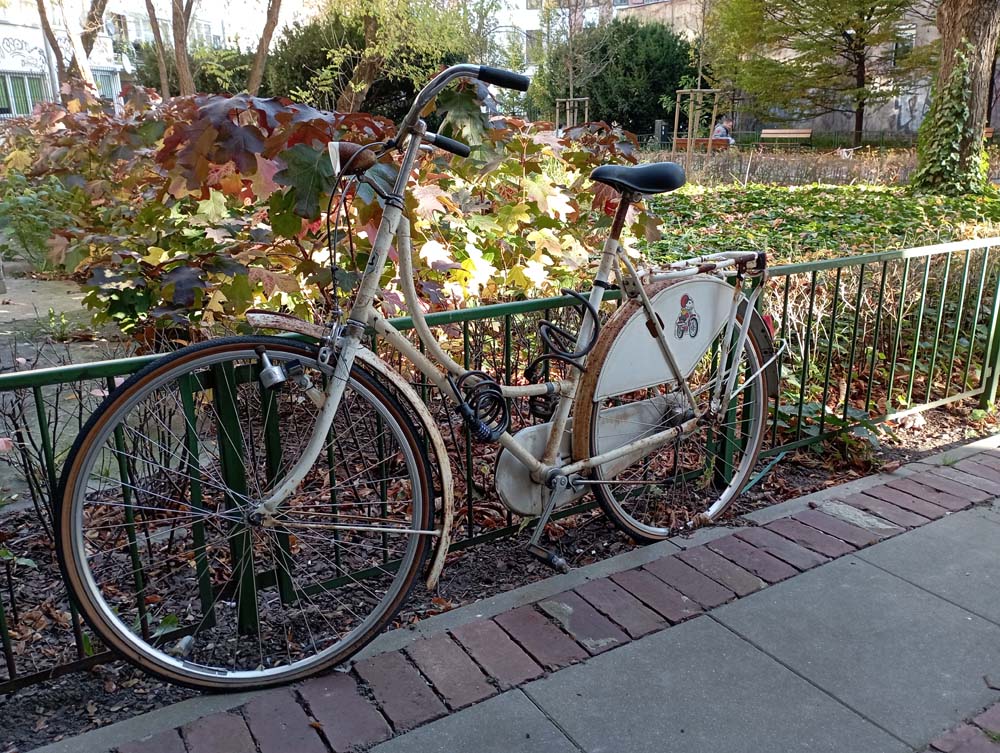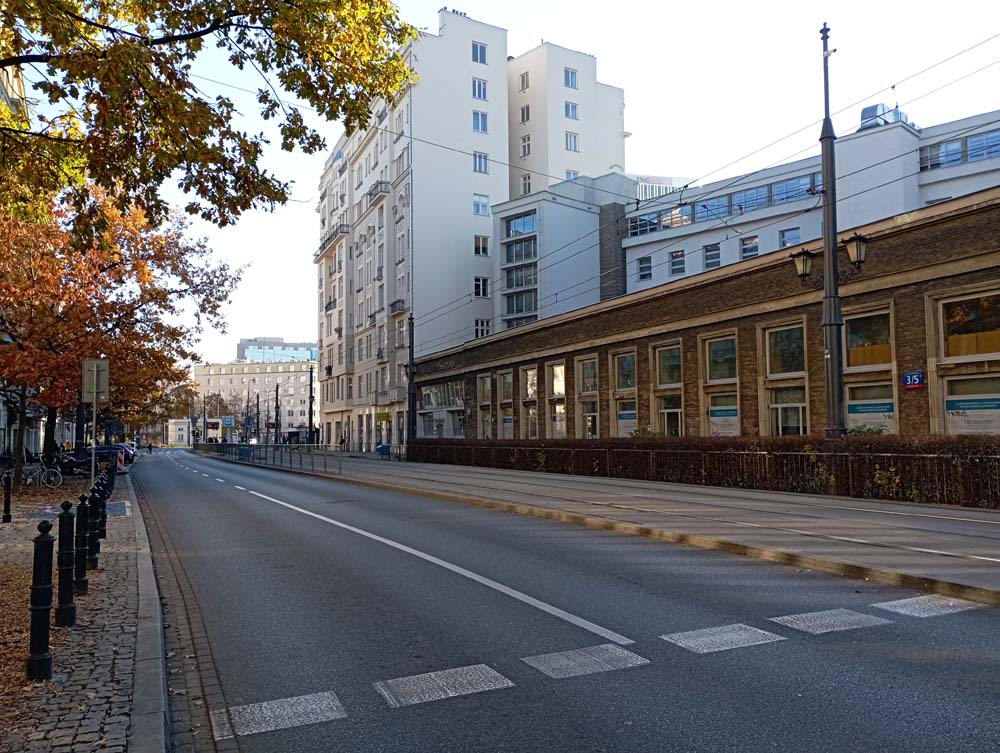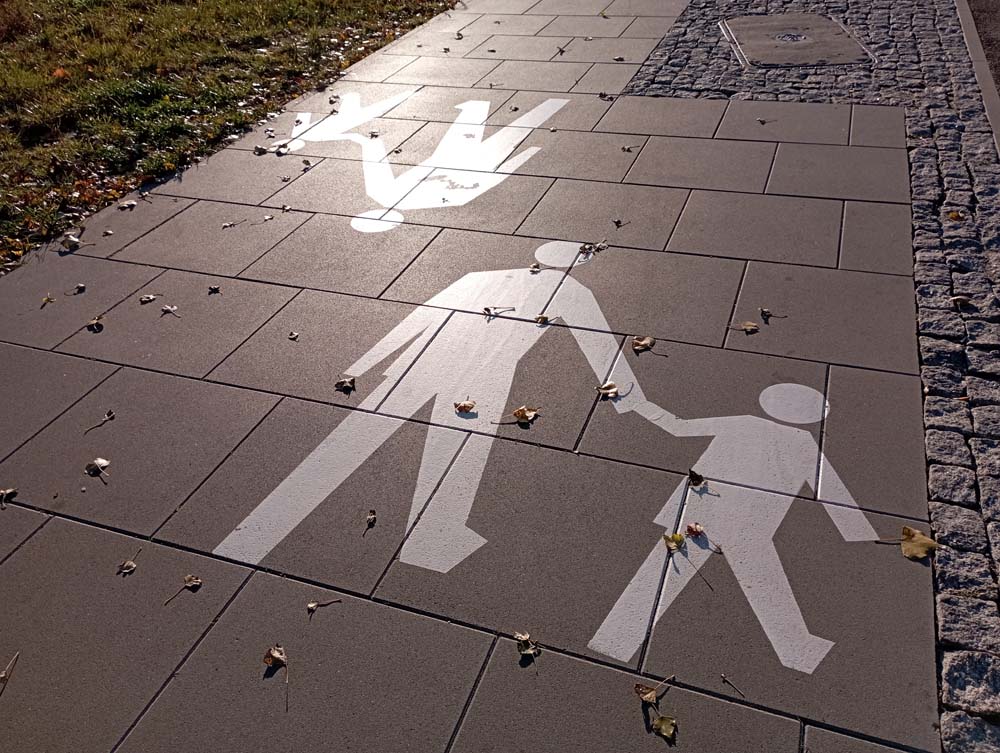Redmi 10 is the latest offer from Xiaomi in price Euro 225 for the version 4/64 GB or EURO 250 for the version 4/128 GB. The segment of about a thousand zlotys got crowded because it was the same Xiaomi currently offers as many as 6 other models priced similarly to Redmi 10. Models from other manufacturers should also be added. Realme has 4 models in the 8 series, including the newest 8i being a direct competition Redmi 10. It would seem that with such competition, it is necessary to stand out with something, but at the same time, manufacturers do not have much room for maneuvering in this price range because the most important thing is to cut costs. So let’s see what it is Redmi 10 has to offer.
The main advantages and disadvantages of Redmi 10
Benefits Redmi 10:
- Matte housing
- Stereo speakers are rare in this price range
- Fast fingerprint reader and face unlock
- A full-fledged dual SIM that does not exclude the use of a memory card
- Screen with 90 Hz refresh rate
- There is NFC and an infrared diode that turns the smartphone into a remote control
- A useful wide-angle camera in this price range
- Satisfactory battery life
Defects Redmi 10:
- Low efficiency – half the price of the competition
- Obsolete, almost three times slower eMMC memory instead of UFS
- Clearly, falling screen brightness when viewed at an angle
- No gyroscope, which is standard today even in inexpensive phones
- The main camera weaker than the competition
- Poor 1080p video quality without stabilization
- Slow loading
How do we rate design?
Case Redmi 10 is made entirely of plastic, a standard among devices from the beginning of the mid-range. The phone has an extensive, characteristic island of cameras that gives it character and the impression that it has more to offer in photography than it has. I like the matte finish of the phone casing – it partially hides traces of touch and improves the device’s appearance. I prefer a matte case Redmi 10 to the glossy case Realme 8i. On the downside of the construction of Redmi 10, you need to count the “sandwich” construction – the screen is located in a black frame, which is located above the casing and frame of the phone.
The phone can be unlocked with your fingerprint and your face. The fingerprint scanner is located on the power button. You can wake up and unlock the phone without pressing it – with just a touch. Unlocking either way works confidently. The fingerprint scanner is fast; a short tap is enough to unlock the phone, but the Redmi 10 needs a noticeable moment to wake up the screen.
Redmi 10 is one of the few inexpensive smartphones with stereo speakers. They are not high-quality speakers; the left speaker sounds quieter and has less bass than the right one. Still, both channels are separated, and the stereo effect is audible when watching multimedia.
The smartphone has a headphone jack and an infrared emitter, allowing you to use Redmi 10 from a universal remote control. The smartphone does not have an official seal standard, although a seal can be seen on the drawer for two SIM cards and a memory card.
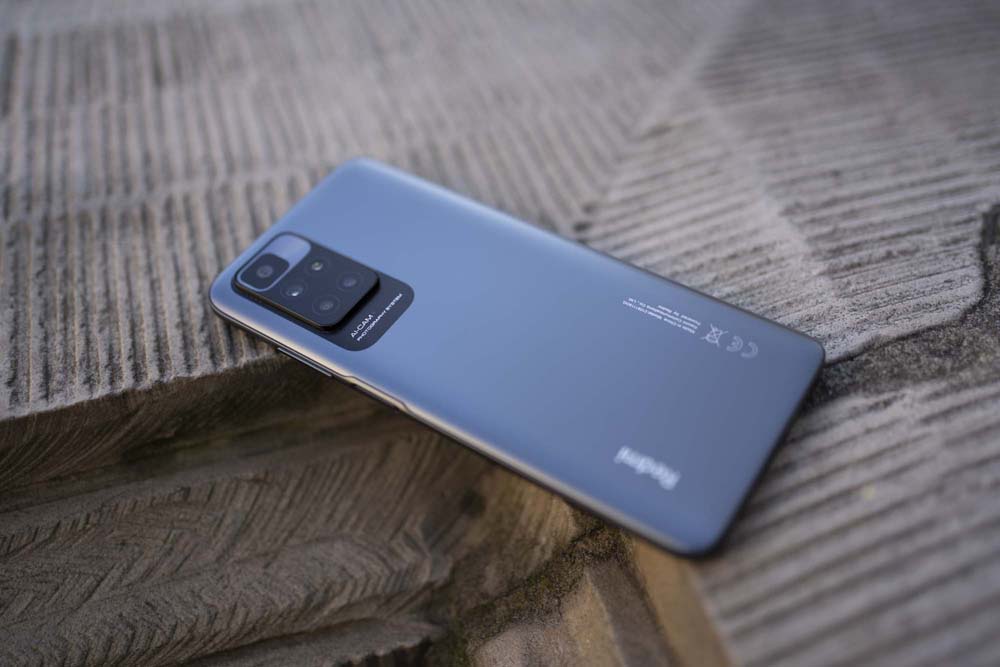
What do we think about the display?
Screen Redmi 10 has a diagonal of 6.5 inches, FHD + 2400 x 1080 pixels resolution, an aspect ratio of 20: 9, and a pixel density of 405 PPI. We also find here an increased refreshment of 90 Hz, which noticeably improves the smoothness of the animation. However, it is worth recalling that they cost the same Realme 7i, which offers a refresh rate of 120 Hz and, therefore, even higher.
Display Redmi 10 offers a sharp, legible image with sufficiently saturated colors. However, the decrease in brightness when looking at an angle is noticeable, and the viewing angle does not have to be large for the effect to be immediately visible. The maximum brightness is also not high. This can make legibility difficult under strong sunlight.
The settings include a dark mode, reading mode, color scheme, the ability to change the white balance, and the ability to choose the refresh rate between 60 and 90 Hz.
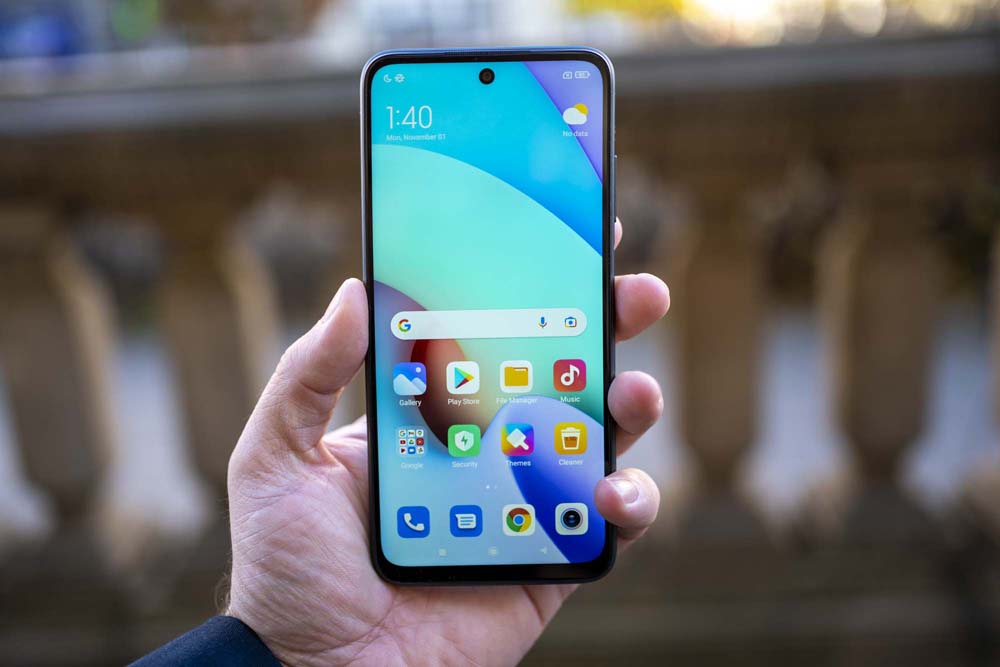
Specification and Operating System
Redmi 10 has an octa-core MediaTek Helio G88 processor clocked with 2 x 2.0 GHz + 6 x 1.8 GHz. The processor supports 4 GB RAM and 64 GB for the system and files. The memory can be expanded with a micro SD card, which does not preclude the use of dual SIM. Unfortunately, the memory used in Redmi 10 is an outdated eMMC 5.1 technology instead of UFS.
Benchmark results:
- Antutu 9 – 179393
- Geekbench 5 – 366/1147
- Androbench sequential read/write – 321/178 MB / s
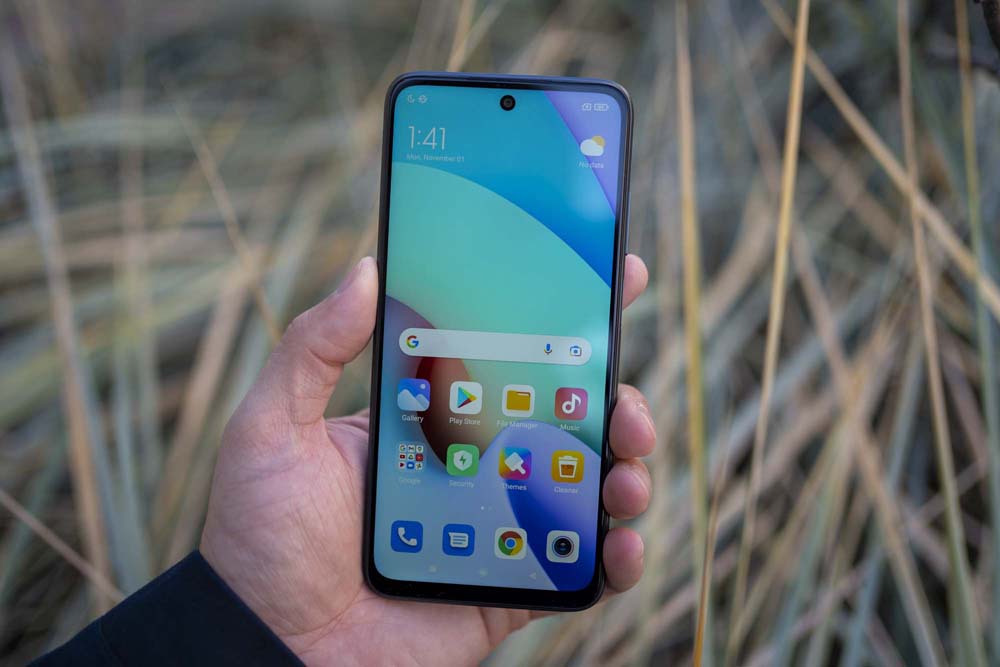
In price even a little lower, Realme 8i uses a more powerful and modern Mediatek Helio G96 processor and UFS 2.1 memory instead of eMMC. The effects are visible in the benchmarks. According to Antutu Redmi 10, it is almost half as efficient as Realme 8i, and writing to the phone memory is almost three times slower. This is a clear difference, also felt in practice this time. Applications run noticeably longer, pages load slower, and system animations lose their fluidity occasionally. I haven’t had a smartphone in my hand for a long time, which would give the impression that its specification is too weak, even in the segment below a thousand zlotys.
The communication package includes LTE, WiFi AC, Bluetooth 5.1, and NFC. Location is accomplished using GPS, GLONASS, GALILEO, and BDS. The sensor kit includes an accelerometer, proximity sensor, and light intensity sensor. Unfortunately, there is no gyroscope, and you can see it during the 360 video playback – locating the device’s location is inaccurate, burdened with a large error and delay. This problem in Realme 8i did not occur because this phone is equipped with a gyroscope. This is another downside for Redmi 10.
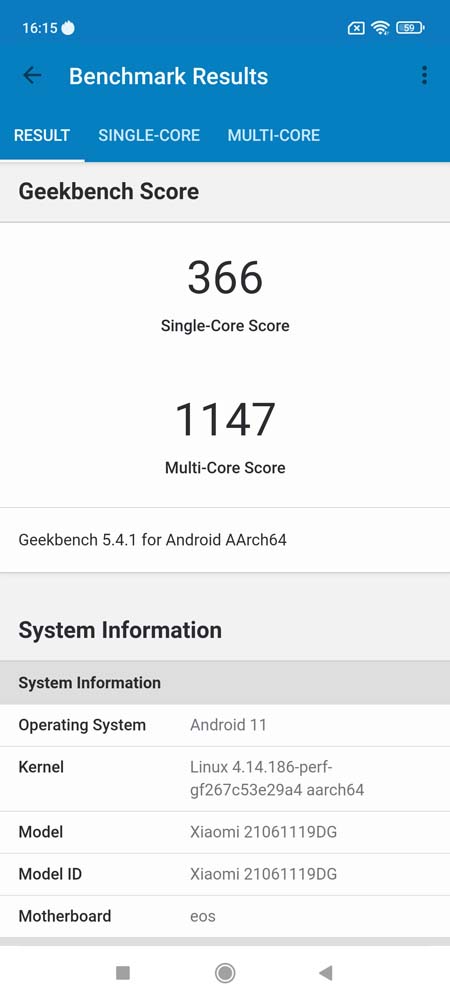

Redmi 10 works under the control of Android 11 with the MIUI 12.5.9 overlay. Android security update is dated October 1, 2021, and therefore is current.
The overlay has received some significant visual changes recently – notifications have been separated from system shortcuts depending on whether you drag your finger on the left or right side of the top edge.
The system applications include an FM radio, voice recorder, QR code scanner, and Mi Pilot, allowing you to control various home devices. Screen recording is possible; there is Game Turbo, floating windows, and everything MIUI usually offers. Unfortunately, there are also ads in system applications, e.g. in the control panel (which can be turned off), and many pre-installed applications such as Amazon, TikTok, or AliExpress. Indeed, the possibility of uninstalling has not been blocked, but I don’t particularly appreciate pushing such programs by force without asking the user if he needs them. The very operation of the system, just in case Redmi 10, could be better, but it is probably bad hardware here.
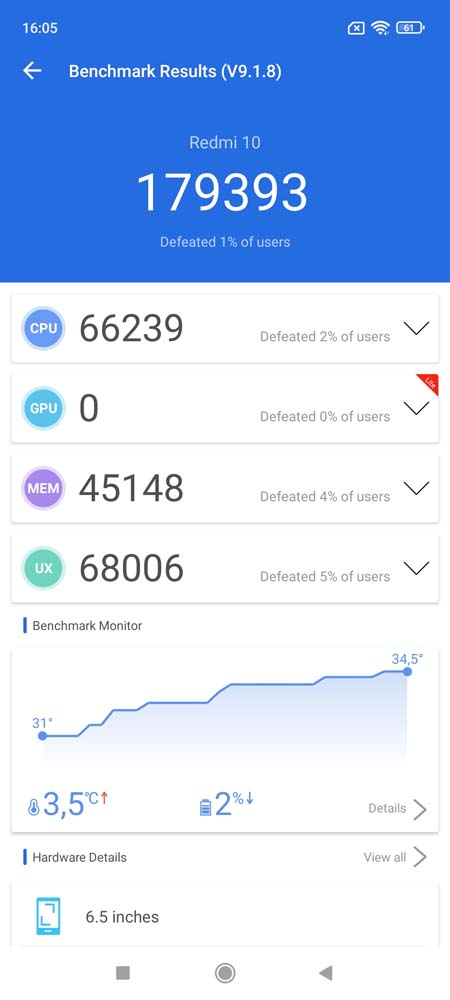
What kind of photos does he take, and what kind of films does he record?
Redmi 10 has a camera island on the back with as many as 4 lenses and a fifth LED that pretends to be one of the lenses. In practice, of the four rear cameras, two are useful:
- 50 MP, f / 1.8, PDAF – main camera
- 8 MP, f / 2.2, 120˚ – wide-angle camera
- 2 MP, f / 2.4 – macro with an unusually low resolution of a webcam
- 2 MP, f / 2.4 – camera for measuring the depth of the scene
- 8 MP, f / 2.0 – front selfie camera
The available camera modes are: photo, video, portrait, pro, short video *, time-lapse mode, 50M, slow motion, night, and panorama * – of which modes marked with an asterisk are visible on the list, and after clicking, they will be downloaded and installed, what takes a while. You can turn on AI photo enhancement, HDR, or filters with live view. For unknown reasons, the macro camera is hidden in the settings.
The main camera sometimes took blurry photos for no apparent reason – they were neither photos of moving objects nor taken, for example, against light or in low light. There were not many such photos, but many enough to notice that today such problems should rather not occur. There is also some tonal range missing. Under appropriate, favorable conditions, it can be done with Redmi 10 meaningful photos. However, there is no guarantee that the effect will be repeatable.
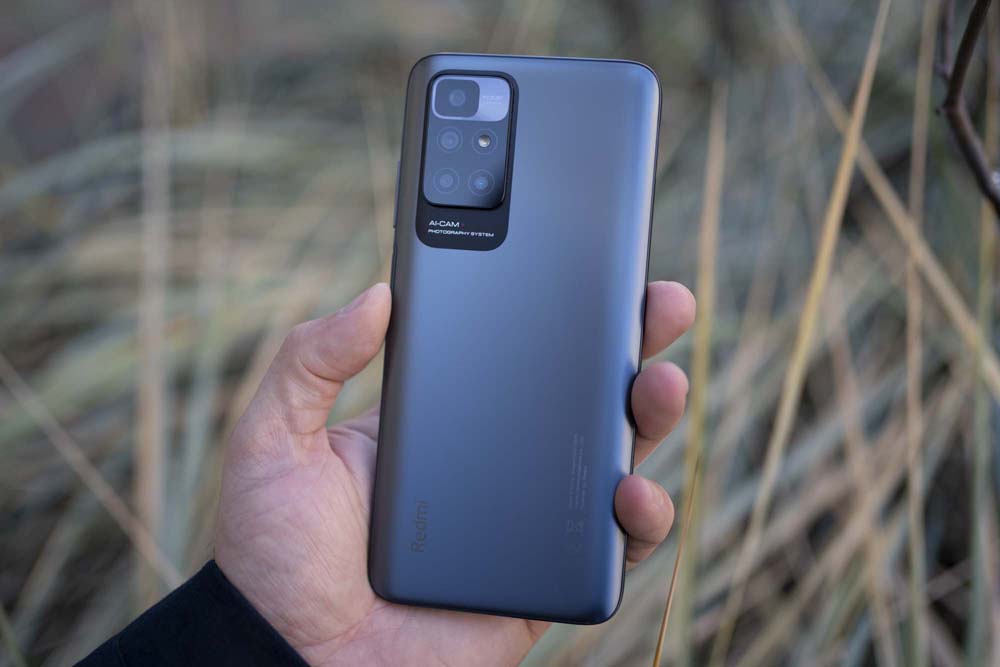
One advantage of Redmi 10 is the presence of a wide-angle camera, which does not always come in phones for less than a thousand zlotys. For comparison, Realme 8i does not have a wide-angle camera, although it must also be admitted that the main camera Realme 8i gives better results than that of the Redmi 10.
Pictures from the wide-angle camera with Redmi 10 can be used if you photograph during the day and the scene is not too contrasting. Considering the quality of the wide-angle camera, you can even say that taking other features of the phone Redmi 10, I was positively surprised.
Unfortunately, night shots are below average compared to other inexpensive smartphones without optical stabilization.
Redmi 10 records video in the maximum resolution of Full HD 1080p and offers no stabilization during recording. In addition, the video is not very detailed, and even with stabilization, I would describe it as below average, which is very poor.
Sample pictures:
How long does the battery last?
Redmi 10 has a 5000 mAh battery and a 22.5W charger, but the manufacturer says that the smartphone supports 18W charging.
During the test of video streaming over WiFi with screen brightness set to half and refreshing at 90 Hz, the smartphone drained 4% of the battery after 15.5 hours. This is a good result that gives you the comfort of use. This translates into roughly two days of moderate use of the phone.
Charging is not fast. It takes over two hours to charge the phone fully, and a half-hour charge will give us, at most, a quarter of the battery capacity.
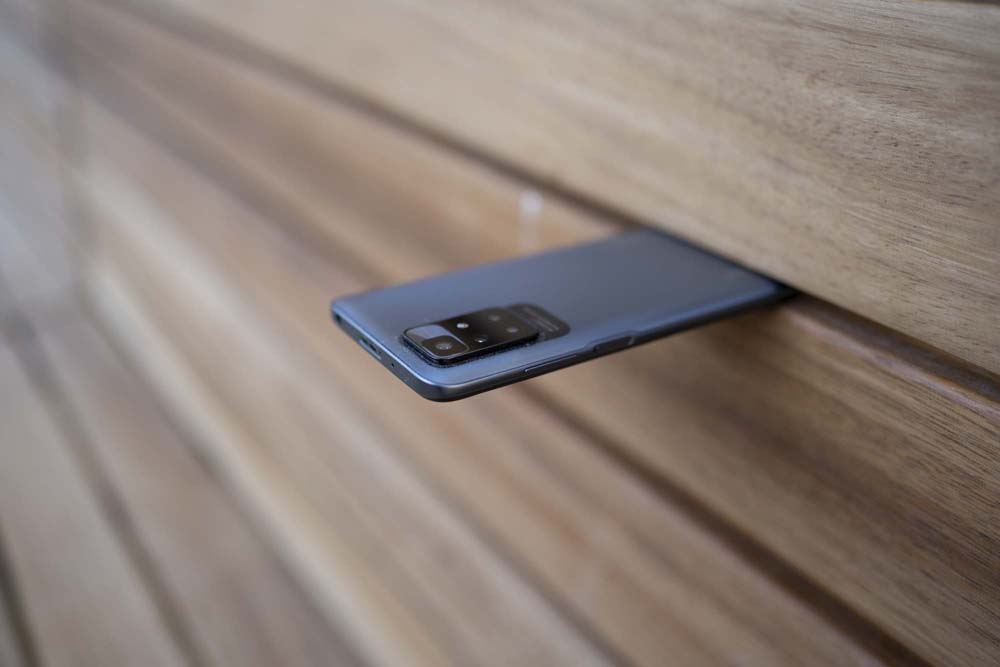
Our final assessment
Competition among smartphones up to a thousand zlotys is so big that Redmi 10 best assesses other devices of a similar price. A smartphone was reviewed by me recently and priced similarly, Realme 8i. Redmi 10 has only two advantages over it – stereo speakers and an additional wide-angle camera. The cool of the built-in infrared remote can add a third bonus.
For it, Realme 8i has almost twice the performance, almost three times faster recording of the built-in memory, better quality of photos from the main camera during the day and night, and stabilized video recordings. It also has a gyroscope which in Redmi 10 ran out, and refreshing the screen is in Realme 120 Hz (90 Hz in Redmi 10). Given that the 4/64 version of Realme is EURO 15 cheaper and the 4/128 version is EURO 25 cheaper, it does not look good for Redmi 10. It has many more compromises and shortcomings and offers little in return. I would choose either Realme 8i or EURO 25 more expensive POCO X3. The situation can only be saved by a further price reduction.
We love: the wide-angle camera
We don’t like: half the performance compared to the competition
Who is it for Redmi 10:
- For those looking for stereo speakers in an inexpensive device
- For those looking for an additional wide-angle camera
- For undemanding users who will wait for a discount
For whom it is not Redmi 10:
- Not for those looking for a reasonable performance and smooth operation
- It is not for people counting on sensible video quality
- Not for people using a gyroscope, e.g. in 360 video
